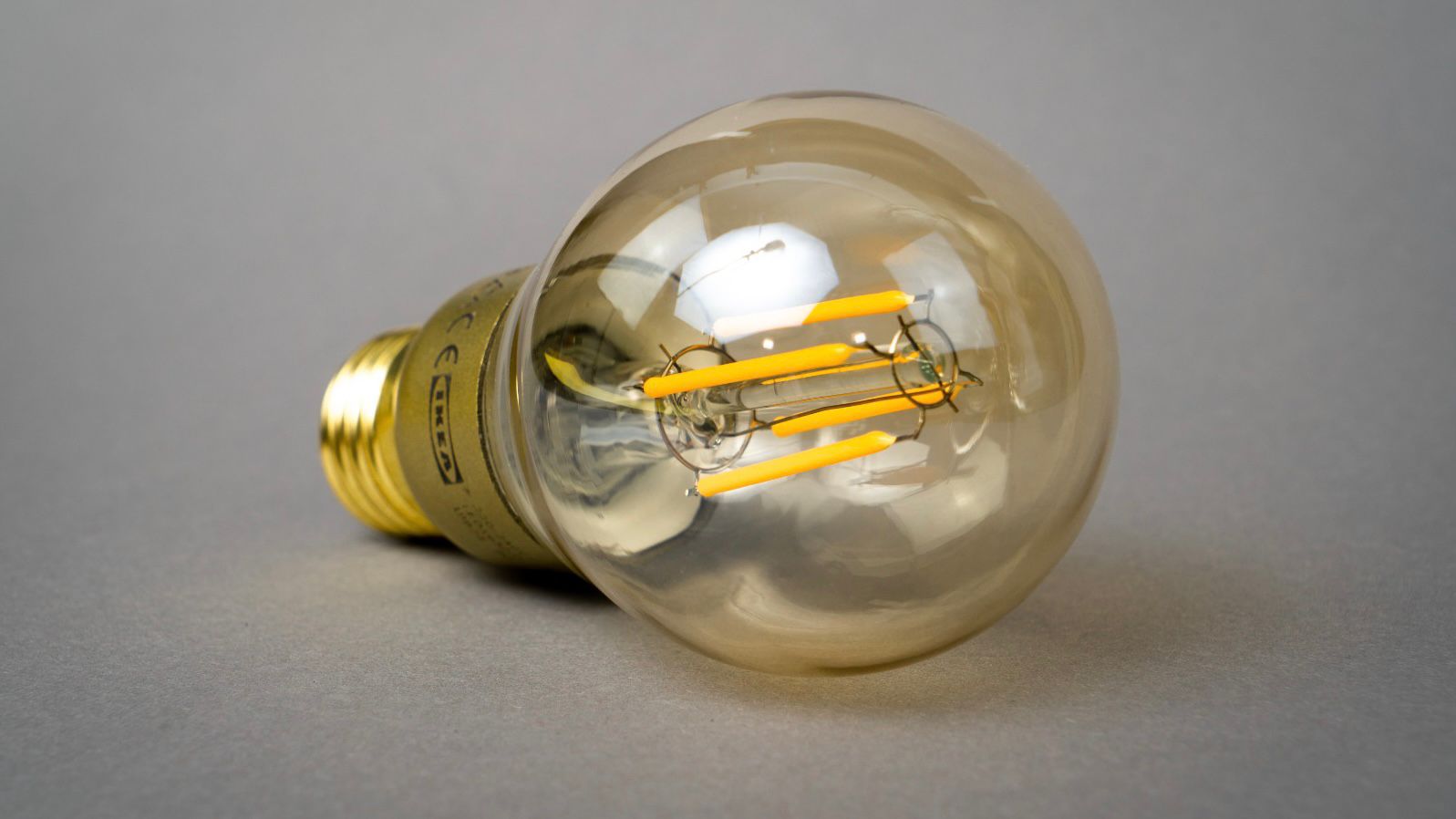
How to Choose the Right LED Light Bulb for Your Needs
LED light bulbs are becoming increasingly popular due to their energy efficiency and long-lasting lifespan. However, with so many options available on the market, it can be overwhelming to choose the right LED light bulb for your needs. In this article, we will provide you with tips on how to choose the right LED light bulb.

Determine the Right Color Temperatur
One of the most important things to consider when choosing an LED light bulb is the color temperature. Color temperature is measured in Kelvin and ranges from warm yellow to cool blue. For most homes, a color temperature of 2700K to 3000K is ideal as it provides a warm, cozy ambiance.
Consider the Brightnes
Another important factor to consider when choosing an LED light bulb is the brightness. The brightness of an LED bulb is measured in lumens, and the higher the lumens, the brighter the light. To determine the right brightness for your space, consider the size of the room and the purpose of the light. For example, a reading lamp may require more lumens than a hallway light.
Check the Dimming Capabilities
Not all LED bulbs are compatible with dimmer switches, so it’s important to check the packaging to ensure that the bulb is dimmable if you plan on using it with a dimmer switch. Additionally, some LED bulbs may flicker or hum when used with a dimmer switch, so look for bulbs that are specifically labeled as “dimmable” and compatible with your existing switch.
Look for Energy Star Certification
LED light bulbs with an Energy Star certification are certified to be energy-efficient and meet certain performance standards. This means that Energy Star certified bulbs are not only better for the environment but can also save you money on your energy bills in the long run.
Choose the Right Shape and Base
LED bulbs come in a variety of shapes and bases, so it’s important to choose the right one for your fixture. Some of the most common bulb shapes include A19, BR30, and PAR38, while common bases include E26 and GU10. Make sure to check the packaging to ensure that the bulb’s shape and base are compatible with your fixture.
Consider the CRI Rating
The Color Rendering Index (CRI) measures how accurately a light source can reproduce colors. A higher CRI rating means that colors appear more natural and vibrant, while a lower rating means that colors may appear washed out or distorted. When choosing an LED light bulb, look for a CRI rating of 80 or higher for optimal color accuracy.
Determine the Beam Angle
The beam angle of an LED bulb determines how wide or narrow the light is dispersed. A wider beam angle is ideal for lighting up a larger area, while a narrower beam angle is better for highlighting a specific object or area. Consider the purpose of the light when choosing a bulb with the appropriate beam angle.
Look for a Warranty
LED light bulbs are designed to last a long time, but they can still fail prematurely. Look for bulbs with a warranty to ensure that you are covered in case of any defects or malfunctions. A typical LED bulb warranty can range from 2-5 years, so make sure to check the packaging before making a purchase.
Consider the Price
While LED bulbs can be more expensive upfront, they are often more cost-effective in the long run due to their energy efficiency and long lifespan. However, not all LED bulbs are created equal, and some may have a higher price tag than others. Consider your budget and the expected lifespan of the bulb when making a purchase.
Read Reviews and Ratings
Finally, before making a purchase, read reviews and ratings from other customers to get an idea of the bulb’s performance and reliability. Look for reviews on websites such as Amazon, Home Depot, or Lowe’s to see what other customers have experienced with the bulb. Pay attention to comments about the bulb’s brightness, color temperature, and dimming capabilities, as these are important factors when choosing an LED light bulb.
In conclusion, choosing the right LED light bulb requires considering a variety of factors, including color temperature, brightness, dimming capabilities, Energy Star certification, shape and base, CRI rating, beam angle, warranty, price, and customer reviews. By taking the time to evaluate these factors, you can ensure that you choose an LED light bulb that meets your needs and provides the desired level of performance and reliability.
For more tips, check out the following article: How to Choose Ice Skates: Tips and Tricks for Skaters of All Levels











